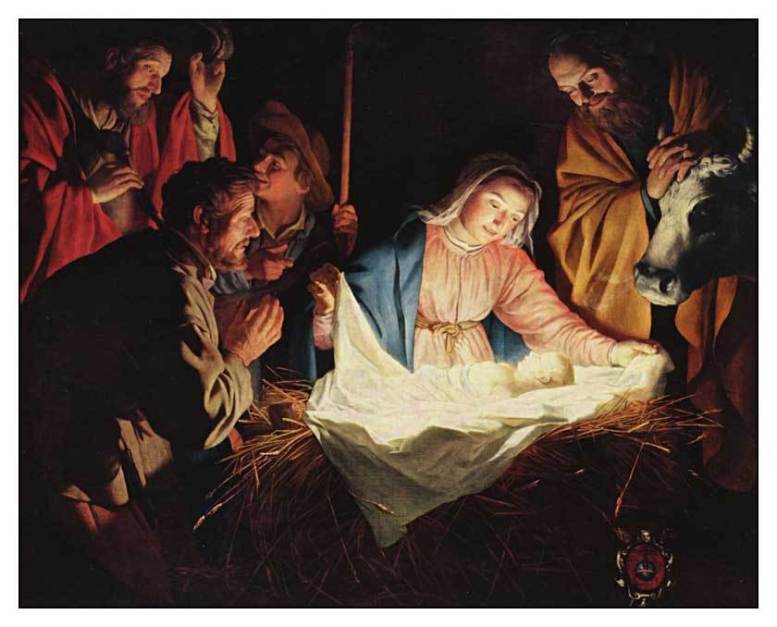Coping With the Death of a Loved One
Coping With the Death of a Loved One
 With the recent death of my father-in-law, I’ve had to fall back on some of the coping skills I learned and developed when I was younger. I’ve written before about the death of my 13-month-old sister, Kathryn Mary. When she died, I was 15 years old. I’ve also written about the sudden death of my cousin, Tommy LaHood, who died when I was 11. Tommy’s brother, Harry LaHood, passed away when he was 41. Harry and I were the same age and were best friends while we were growing up.
With the recent death of my father-in-law, I’ve had to fall back on some of the coping skills I learned and developed when I was younger. I’ve written before about the death of my 13-month-old sister, Kathryn Mary. When she died, I was 15 years old. I’ve also written about the sudden death of my cousin, Tommy LaHood, who died when I was 11. Tommy’s brother, Harry LaHood, passed away when he was 41. Harry and I were the same age and were best friends while we were growing up.
What do you do when someone you love suddenly dies and disappears from your life? How do you deal with the void that is created by their loss? How do you handle the sorrow, grief, guilt, despair, and loneliness?
There are five primary ways I use to cope with the death of a loved one:
1. Swipe The Image – Sometimes you are left with horrifying images of how a person looked before they died. If the person was hooked up to a machine, severely injured, or had deteriorated to the point of being almost unrecognizable, the images of the suffering person stay with you for the rest of your life. Those images continue to appear in your head and remind you of the suffering the person went through prior to their death.
It’s common to hear people complain about how the images won’t go away. They say, “I can’t get the way he looked out of my mind. He suffered so much. I wish I never saw him that way.”
The best way to deal with those images is to think of them as having been saved in your memory along with all the positive images of the person. As you know, when you look at images on a smartphone, you can use the tip of your finger to swipe each image away so the next one can be displayed. Your mind has the same ability — you can swipe away negative images of a deceased person and replace them with positive images.
You can do this by thinking of several images of the person during happier times, such as the person joking around with you, having fun at a party, dancing at a reception, playing a game with you, or expressing love, gratitude, and affection toward you or someone else.
Once you’ve reminded yourself of those positive images, each time an unwelcome image pops into your mind, you can quickly swipe away the image like you would on a cellphone and replace it with one of the positive images. You can then swipe to the second positive image, then the third, and so on. You can also choose one of the images to reflect on and allow your mind to go back in time to the event where the image was created.
I would expect that the process of replacing negative images with positive images was used by the Blessed Virgin Mary after the death of her Son. There were undoubtedly numerous occasions when the images of Jesus being beaten, tortured, and hanging on a cross overwhelmed her mind. I expect that one of the ways she dealt with those images was to immediately replace them with images of much happier times with her Son.
2. Time to Talk – The second way to deal with the void that is created after the loss of a loved one is to talk to the person. Treat the person as though they are in the room with you. Talk out loud. You can complain, ask questions, talk about what you did during the day, express how much you miss them, or ask for assistance.
As Catholics, we believe that our deceased family members and friends who are in Heaven can see and hear us. We do not know if God limits what they can see and hear, but we do believe that God grants them the privilege of seeing, hearing, and to some extent, interacting with us. We also believe that they have the ability to communicate with God on our behalf and to ask for His assistance with our needs.
There is a strong likelihood that when the Blessed Mother returned to her empty home after burying her Son, her grief and sorrow were so overwhelming that one of the only ways she was able to cope was to reach out to God the Father in prayer and talk to her Son as though He was physically present with her in her home.
3. Gratitude – The third way to deal with the loss of a loved one is to show gratitude to God for making the person an integral part of your life. You need to acknowledge that it was a great blessing from God that you had a close relationship with the person. You should imagine what your life would have been like without the person. Then you should give glory to God and thank Him for the precious gift of love and companionship that He allowed you to share with the person.
I expect that even though the Mother of God was forced to endure the torture, crucifixion, and death of her only Son, she still expressed gratitude to God for allowing Jesus to be her Son and for the love and companionship she shared with Him during the 33 years He was with her on this earth.
4. Reaching Out To Others – One way that some people deal with the loss of a loved one is to dedicate their time to helping others who are suffering from the same condition their loved one suffered from. A number of well-known organizations were originally formed by individuals who were determined to help other people and families who were afflicted with the same condition their loved ones suffered from prior to their death.
The St. Jude Children’s Research Hospital and organizations that help other individuals, such as those who assist people with Down Syndrome, cancer, and heart disease, were built by individuals who had family members and loved ones who were afflicted with the same conditions. By reaching out and helping others who are in need, we force ourselves to stop thinking about our own sorrow and grief. Instead of looking within ourselves, we look toward our neighbors and put our emotions and energy to work for them.
We know from church tradition that after the death of Christ, His mother spent the rest of her life assisting the apostles, disciples, and her fellow Christians in the formation and growth of the church that her Son established before He ascended into Heaven.
5. Reaching Into The Future – One of my favorite ways of dealing with the loss of a loved one is to go into the theater of my mind and review, in vivid detail, a past event that occurred with the deceased person and then jump forward into the future and imagine what it’s going to be like when I’m in heaven with that same person.
To use my father-in-law as an example, one such event was when he picked up a microphone at my daughter’s wedding reception last year and sang a Lebanese love song to her. In my mind, I can hear his voice and see the gleam in his eyes. I can see his hand gestures and the expression on his face. I can see the smile on his wife’s face and the tears in my daughter’s eyes. I can hear the roar of the crowd applauding after he finished singing to his granddaughter.
I then jump forward into the future and see myself in heaven with my father-in-law. We are at a glorious celebration and he starts singing a love song to Jesus. I can see the smiles on the faces of all my deceased relatives — my grandparents, my younger sister, my cousins. Everyone who ever meant anything to me is at the celebration and they all have big smiles on their faces. We are all basking in the glory of God. In the background is a heavenly choir accompanied by a heavenly orchestra. The celebration is at an outdoor arena where colorful birds fill the sky. There are mountains and waterfalls in the distance.
I expect that this is one of the methods that the Blessed Virgin Mary used to deal with her grief and sorrow — visualizing her reunion in heaven with her Divine Son, her relatives, and all the other people who had a relationship with her while they were on Earth.
We are rational human beings who have the ability to move beyond the loss of a loved one. What I have provided for you are several ways in which you can deal with the void that was created by the death of someone you loved.




2 Comments
Dear Georgette and Harry –
I was blessed with the opportunity of having a “phone-visit” with
my sis, Mary when we both knew she was going into Hospice and would soon be with her husband Gordon, our parents and siblings, etc. We spoke of God’s goodness to our family through the years – about the things that had meaning to both of us as we grew together. Her three
children spent the 1st and last Hospice day with her. They, in tern, told her it was OK for her to go, that they would be OK, etc. Yes, only one day in Hospice – just enough time to say what each needed to say. God is Good! Each death in my family has had God “visibly” present in different ways. The best way to sum it up is to say Mom and Dad each received the answer to their life-long prayer – a Priest was with each of them as they left us.
Thank you for the wonderful suggestions for facing death. Blessings to both of you! Love, Sister Roberta
Sister Roberta – I loved your sister, Mary. She was a very gracious and holy woman and was a big supporter of mine. You were very blessed to have her as a member of your family. There are not very many people who are allowed to say goodbye to their loved ones before they die. It is only through the mercy of God that they are able to do so. Thanks for sharing your thoughts and experiences with me. Love, Harry.